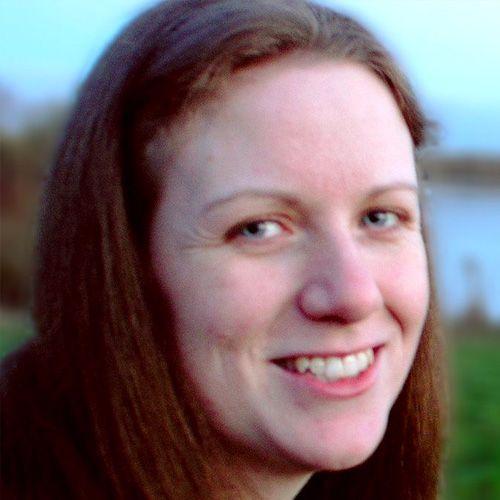Learning objective
- To program music for a specific purpose.
Success criteria
- I can combine known commands.
- I can code music
This content is for subscribers only. Join for access today.
National curriculum
Computing
Pupils should be taught to:
- Design,
This content is for subscribers only. Join for access today.
Cross-curricular links
Music
Pupils should be taught to:
- Improvise
This content is for subscribers only. Join for access today.
Before the lesson
This content is for subscribers only. Join for access today.
Lesson plan
Recap and recall
Arrange the children into pairs and display the Presentation: Explain the answer. ‘Live loops have to have a different name, e.g. rhythm and beat. They also have to have a ‘sleep’ at the end of every live loop.’ Ask the children to discuss this with their partner.
This content is for subscribers only. Join for access today.
Extended-mode explainer videos
How to extend your display to view the lesson page and preseantion mode simultaneously. Choose your operating system below to watch the video
If you need further support with extending your display,
please contact [email protected].
Extended-mode explainer video: For Mac
Extended-mode explainer video: For Windows
Adaptive teaching
Pupils needing extra support
Should take the example live loop included here and change the numbers/synths accordingly.
Pupils working at greater depth
Should experiment with code and change it whilst it is playing; should use multiple workspaces or ‘Buffers’ to test out different sections of code to add.
This content is for subscribers only. Join for access today.
Assessing progress and understanding
Pupils with secure understanding indicated by: coding a piece of music that
This content is for subscribers only. Join for access today.
Vocabulary definitions
-
buffer
When a computer buffers information or buffers, it stores it in its memory while dealing with it.
-
live code
Seeing a program work as it is built.
This content is for subscribers only. Join for access today.

